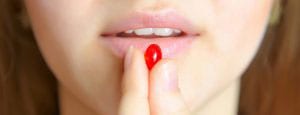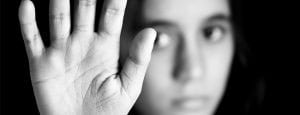A new study looking at a test used to diagnose narcolepsy has found that it often produces inconsistent results for the same patients, reports Sleep Review. This highlights a current lack of understanding around some forms of the sleep disorder.
Narcolepsy is a sleeping disorder that affects the brain’s ability to regulate normal sleeping patterns. This causes ‘sleep attacks’, a term used to describe people suddenly falling asleep at inappropriate times. Other characteristics of the condition include excessive daytime drowsiness, vivid dreams, sleep paralysis (being unable to move when falling asleep or waking), and cataplexy (temporary muscle weakness when experiencing strong emotions, sometimes causing someone to fall over). Narcolepsy is a rare disorder that is thought to affect about 25-50 people per 100,000, although exact figures are unknown because most cases go unreported.
Narcolepsy is a term that encapsulates two major forms of the disease; narcolepsy type 1 and narcolepsy type 2. Patients with narcolepsy type 2 are less likely to have cataplexy, tend to have more normal levels of the hormone hypocretin, and generally have less severe symptoms than people with type 1. One common test used to tell which form of the disease a patient has is called a ‘multiple sleep latency test’, or MSLT for short. It is also known as the daytime nap study, because it works by measuring how quickly someone falls asleep in a quiet environment during the day.
However, a recent study reported in the Journal of Clinical Sleep Medicine has raised questions about the reliability of MSLT. The retrospective study found that, when MSLT was carried out on patients for a second time, approximately one quarter of people initially diagnosed with narcolepsy type 2 had their diagnosis changed to idiopathic hypersomnia. Idiopathic hypersomnia is a similar disorder to narcolepsy, but tends to cause less severe symptoms. Also, while narcolepsy is known to be caused by a shortage of the hormone hypocretin, while the causes of idiopathic hypersomnia remain unknown. A second finding of the study was that people originally diagnosed with type 1 narcolepsy were 10-14 times more likely to get the same diagnosis from the second test compared to those with type 2 narcolepsy. These results show that while MSLT may be a good way of diagnosing type 1, it tends to be unreliable for type 2.
This has implications for how narcolepsy type 2 should be diagnosed. The researchers advise doctors carrying out MSLT to keep as close to the test’s protocol as possible, to decrease the risk that they will rely on their personal judgement to diagnose patients rather than the test results. The researchers also suggest additional diagnosis methods that could be used in conjunction with MSLT. Doctors could use a sleep monitor called an actigraphy, and sleep diaries, to understand a patient’s sleep schedule before they take the MSLT. That way doctors can tell if patients are sleepy in the daytime because of an undiagnosed case of narcolepsy, or more general sleeplessness causing daytime tiredness.
However, the research also highlights the gaps in current medical knowledge around narcolepsy. While the processes behind type 1 are fairly well understood, less research has been done into type 2. It is possible, argue the study’s authors, that narcolepsy type 2 and idiopathic hypersomnia are actually the same condition. This could explain why the MSLT test often confuses the two conditions.







